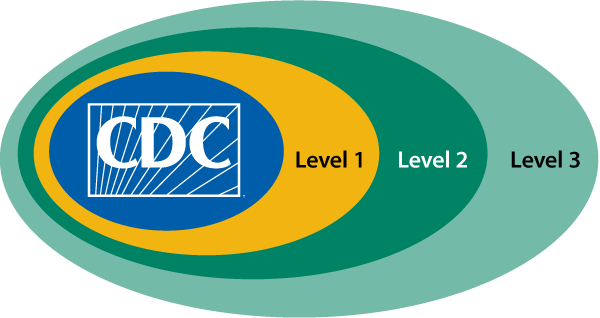LRN-C Concept
In 1999, CDC partnered with state public health laboratories in California, Michigan, New Mexico, New York, and Virginia. These five so-called “surge capacity” laboratories would serve as CDC expanded testing capacity in the event of a mass chemical emergency, capable of handling up to 5,000 potential exposures.
In the following years, representatives from all 50 states convened to discuss the need for labs that could respond to local chemical threats throughout the country. In 2004, additional states volunteered to join the LRN-C network as Level 1, Level 2, or Level 3 laboratories.

Currently, there are 54 LRN-C laboratories. There is at least one in each of the 50 states, three major US cities, and one in Puerto Rico. Each has the capacity to
- monitor chemical exposures at their onset,
- assist local hospitals and first responders with sample triage,
- pack and ship laboratory materials to other network laboratories, and
- serve as a CDC back-up facility in case of overflow during large-scale chemical emergencies.